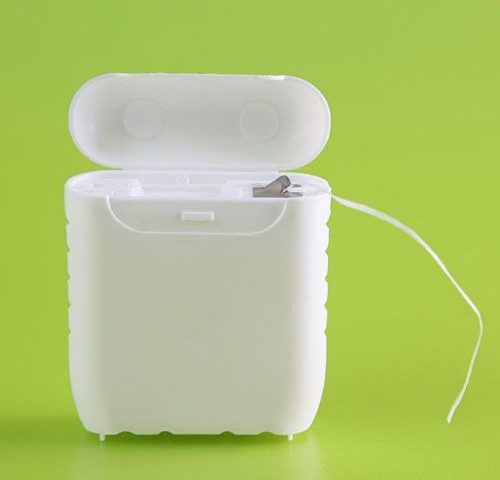Five Fast Facts About Flossing

Four Easy Ways To Beat Bad Breath
June 4, 2019
Is Chewing Gum Good For Your Teeth?
August 7, 2019We’ve all been there. Sitting in the chair at the dentist trying to answer the ever-so stressful question of “Are You Flossing Regularly?”. The truth is, studies have found that 27% of us lie about how often we floss. While it can be annoying and time consuming to floss every day, it’s a task that can help prevent gum disease, cavities and ultimately tooth loss!
Take a look at these five fast facts about flossing and brush up on your dental knowledge:
1. Flossing removes plaque from areas between your teeth that your toothbrush can’t reach. If this plaque isn’t removed, it can eventually harden into calculus or tartar, leading to gum disease. There’s also evidence that periodontal bacteria can attach to the fatty plaques in blood vessels and set off an inflammatory process, which can lead to heart attack or stroke. Other research has shown that infections in the mouth may even be associated with diabetes, pneumonia and other health problems.
2. The amount of strength you put into the job can be good or bad. Be aware of flossing too hard as it could damage the tissue between your teeth but if you’re too gentle, it might not result in a complete job so find a good balance.
3. Flossing shouldn’t be painful. While it may cause a bit of discomfort at first, within a week or two that discomfort should pass as your gums become more accustomed to the process. Irregular flossing can actually lead to bleeding and sensitive gums, but keep flossing! If you floss consistently, the bleeding will eventually subside.
4. To floss properly, you need to use between 18 and 20 inches of floss. This helps ensure that you have enough clean floss to use, and that there’s still enough to grasp onto as you work.
5. The two main types of floss are monofilament, and multifilament floss. Monofilament floss is made of plastics and rubber, while multifilament is mainly composed of nylon and silk.




